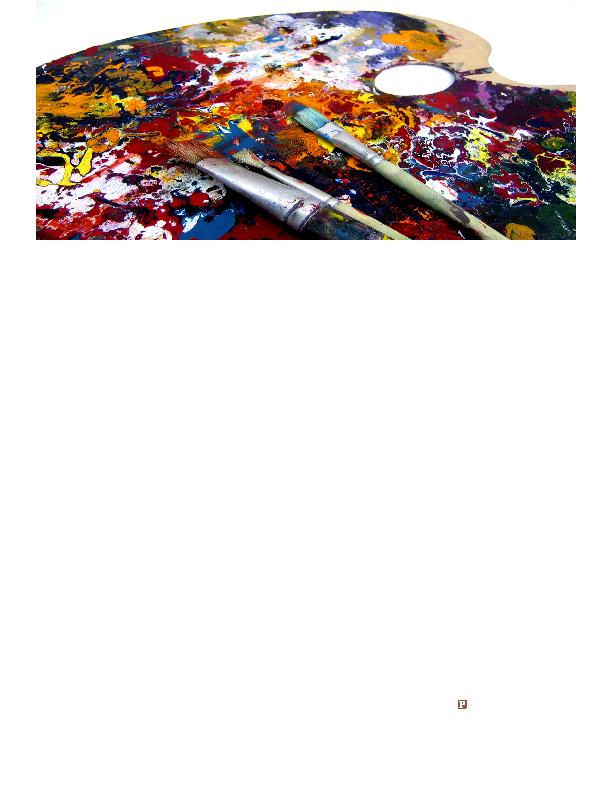
forged work of art or if the object you
purchased turns out to have been made
by a different artist? In the Netherlands,
the buyer can try to set aside the sales
contract due to non-conformity ("my
purchase is not what it should have been
according to the contract or agreement")
or due to error ("my purchase is not what
I thought it was"). The buyer of forged
sculptures by Rodin, Degas or Giacom-
etti can request a refund of the purchase
price on return of the artwork, which is
what we are currently claiming in court.
Art buyers have to bear in mind though
that there can be changes in attribution
and that such changes do not always ren-
der the original contract null and void.
to claim stolen goods back expires after
20 years. However, special regulations
apply to art looted during the Nazi
regime which later came into possession
of the Dutch state as part of the
Nederlands Kunstbezit collection. The
limitation period has been lifted for such
claims and the Restitutions Committee
will assess whether they are legitimate.
After June 30, 2015, it will apply stricter
criteria however, so it is best to submit
claims before that date. The Restitutions
Committee also renders advice on
museums. The first claims concerning
such disputes have been successfully
submitted by our law firm on behalf
of the American and British heirs of
a German-Jewish family.
Objects of art are still often seen
as attractive loot. Therefore there are
many international treaties, governing
restrictions on trading in the spoils
of war.
buying a work of art however. The
artist can, based on his moral rights as
author, object to any form of damage
or change to his work. Even in the
case of ownership: the owner may not
paint a moustache on a portrait or add
clothing to a nude, as one German lady
discovered in the classic 1912 case
Felseninsel mit Sirenen.
In many cases, however, the line
will be harder to define. Is a new office
owner allowed to destroy a work of art
that is integrated in an office wall and
refers explicitly to the former owner?
Are you allowed to radically renovate
architectural structures without
infringing the moral rights of the original
designer? In practice, the artist's rights
will be weighed against the (new) owner's
interests. Some factors that may play a
role here include whether there is an
alternative to the renovation and the
quality of the new design.
often causes less problems than changing
a work of art, as destruction does not re-
duce its artistic quality. However, even in
that case the artist still has certain rights,
such as, for instance, to get the opportu-
nity to document his work of art. Besides,
the owner must have a certain interest in
destroying the work and he must show
that there is no good alternative. When
Amsterdam Airport Schiphol removed a
work of art from a wall because of reno-
vations and it then warped so badly that
it could not be placed back, the company
was permitted to destroy it.
In the USA, the protection of the
moral rights of authors differs from
state to state and objects are often only
reluctantly recognized as "works of
art". Though usually known to be rather
generous in this respect, the State of
California was reluctant to recognize a
mural as a painting, i.e. a work of art
enjoying protection.
art law requires the consultation of
a specialized and experienced art
lawyer. Russell Advocaten has been
well familiar with international art law
issues for many years and is regarded
worldwide as the leading law firm in
the Netherlands dealing with art and
law issues.